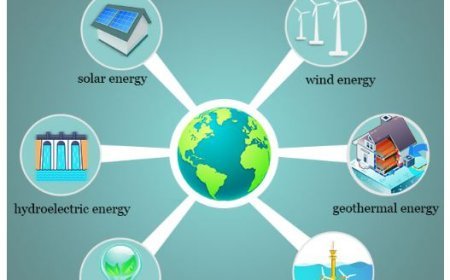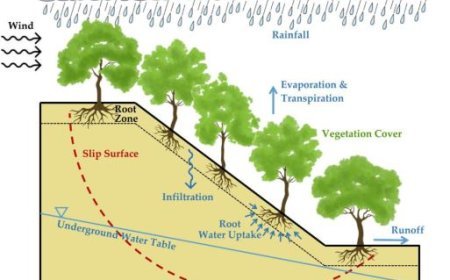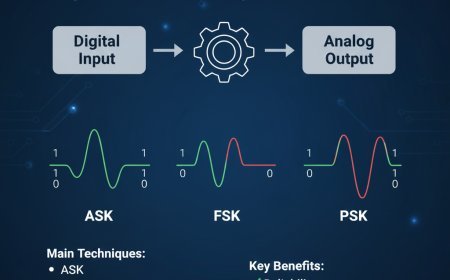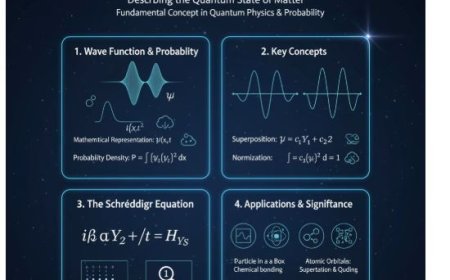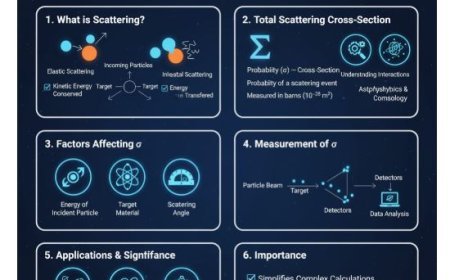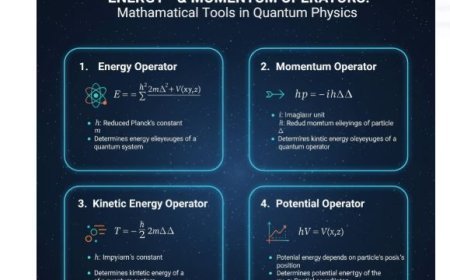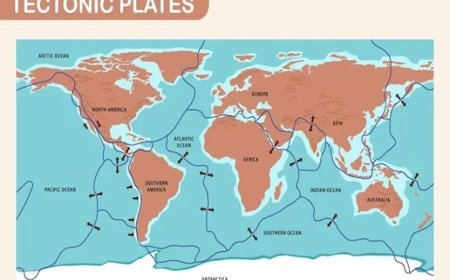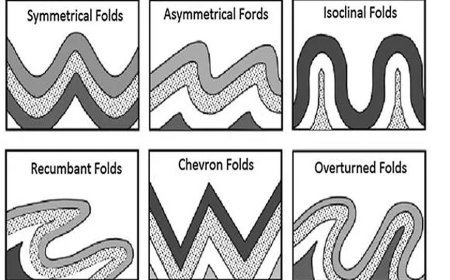PALEONTOLOGY AND EVOLUTION
Learn how paleontology informs our understanding of evolution, from fossil records to phylogenetic analysis.
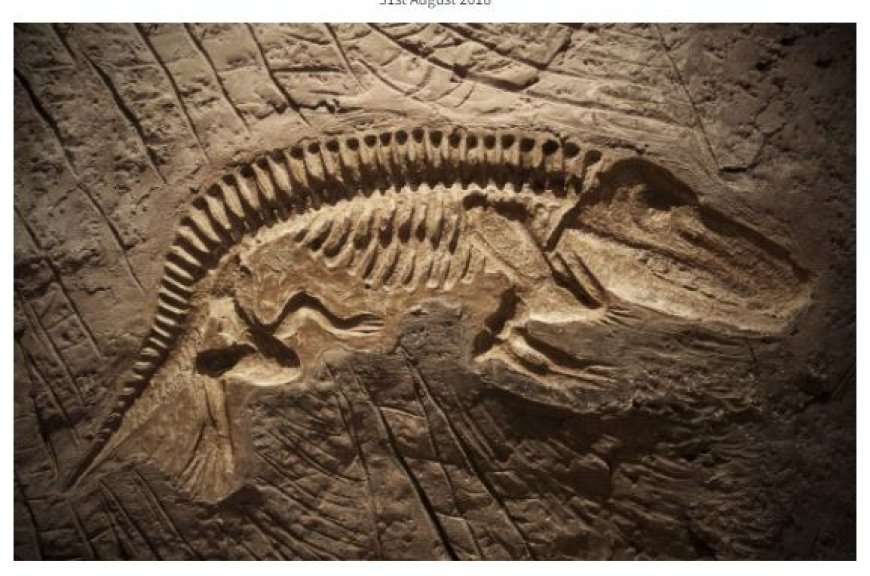
Paleontology and Evolution
- Palaeontology, the study of ancient life via fossils, is an important area for understanding evolution.
- Evolution discusses how living creatures evolve over time and may be examined at many scales.
1. Macroevolution vs Microevolution
1.1 Macroevolution
- Large-scale evolutionary changes occur over long periods.
- This encompasses the origin of new species and significant groupings.
Examples:
- Mammals evolved from reptiles.
- Birds sprang from theropod dinosaurs.
1.2 Microevolution:
- Small, progressive changes within a population or species over short time periods.
- Examples of environmental adaptations include changes in bug colouration and variations in finch beak size dependent on food availability.
2. Punctuated Equilibrium against Phyletic Gradualism
2.1 Punctuated Equilibrium
- Palaeontologists Stephen Jay Gould and Niles Eldredge proposed punctuated equilibrium, which states that organisms stay stable for long periods of time (stasis) before experiencing abrupt changes.
2.2 Phyletic Gradualism
- According to this theory, evolution happens gradually by minor, incremental changes throughout time.
Comparison of the two models
- Punctuated equilibrium emphasises fast changes, whereas phyletic gradualism focusses on continuous, steady changes.
- Punctuated equilibrium seeks stasis in the fossil record, but phyletic gradualism anticipates several transitional fossils.
3. The importance of these concepts in palaeontology
- A basic understanding of punctuated equilibrium, phyletic gradualism, macroevolution, and microevolution is necessary to investigate the evolution and diversification of life on Earth.
- Palaeontologists use these notions to interpret fossil records and predict how contemporary species may adapt to future environmental changes.
What's Your Reaction?









